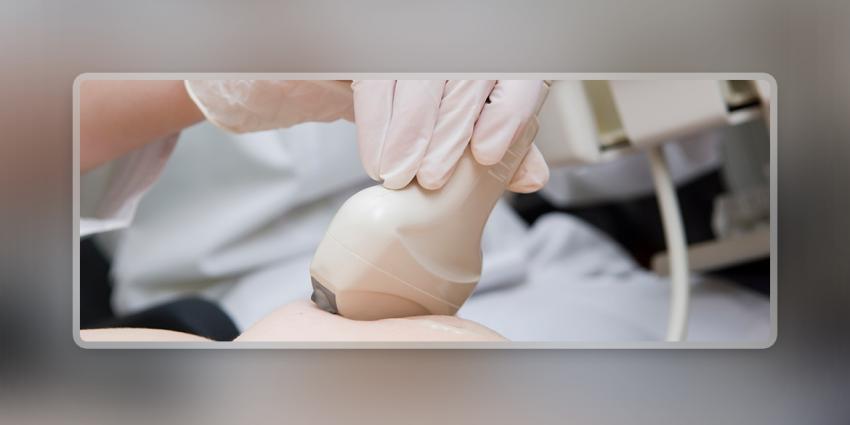ELASTOGRAPHY WILL HELP ENHANCE THE EFFECTIVENESS OF BREAST CANCER TREATMENT
Elastography can help avoid serious effects of needless and ineffective chemotherapy.
Neoadjuvant chemotherapy is conducted before the radical surgery and radiation therapy. If it is successful, it enables lessening of surgical interference. Elastography can help estimate the effectiveness of neoadjuvant chemotherapy.

Elastography is a cutting-edge and the most advanced technology in ultrasonic diagnosis that is based on the peculiarities of elastic. The main task of elastography is discriminatory diagnosis of benign and malignant tumors.
Shear-wave measurements
Elastography can early predict whether neoadjuvant chemotherapy is effective or not thus allowing to choose another treatment strategy.
Dr. Hui Jing (Second Affiliated Hospital of Harbin Medical University in Harbin, China) says: “Early identification of the neoadjuvant chemotherapy response is essential. It can help doctors in individualizing breast cancer treatments and altering the chemotherapy mode during the whole treatment period. It, in turn, will allow timely avoiding of ineffective chemotherapy in nonresponsive patients”.

According to the author of the study, using a threshold value of tissue stiffness and shear-wave, it would be possible to increase elastography sensitivity in 72.9% cases.
Approximately 77% of patients are responsive to neoadjuvant chemotherapy and at the same time, those patients who do not respond to this kind of treatment experience disease progression. That causes the postponement of the appropriate time for surgical intervention which, in turn, can result in increased cost of treatment. It is of high importance to timely identify the inadequate treatment and lessen side effects of chemotherapy. It would substantially improve general prognoses for patients.
The combination of different clinical methods such as MRI, ultrasound investigation and mammography was used to prognosticate and estimate tumor reaction to neoadjuvant chemotherapy. Previous laboratory investigations showed that tumor stiffness is connected with its progression and elastography can answer the question whether the disease can be treated or the treatment strategy has to be changed.
Later, the scientists are planning to change their investigation plan: they are going to add not only different pathologic types of breast cancer but also axillary lymph nodes.
Elastography will help better estimate and predict the response of the patients to neoadjuvant chemotherapy.
04.10.2016